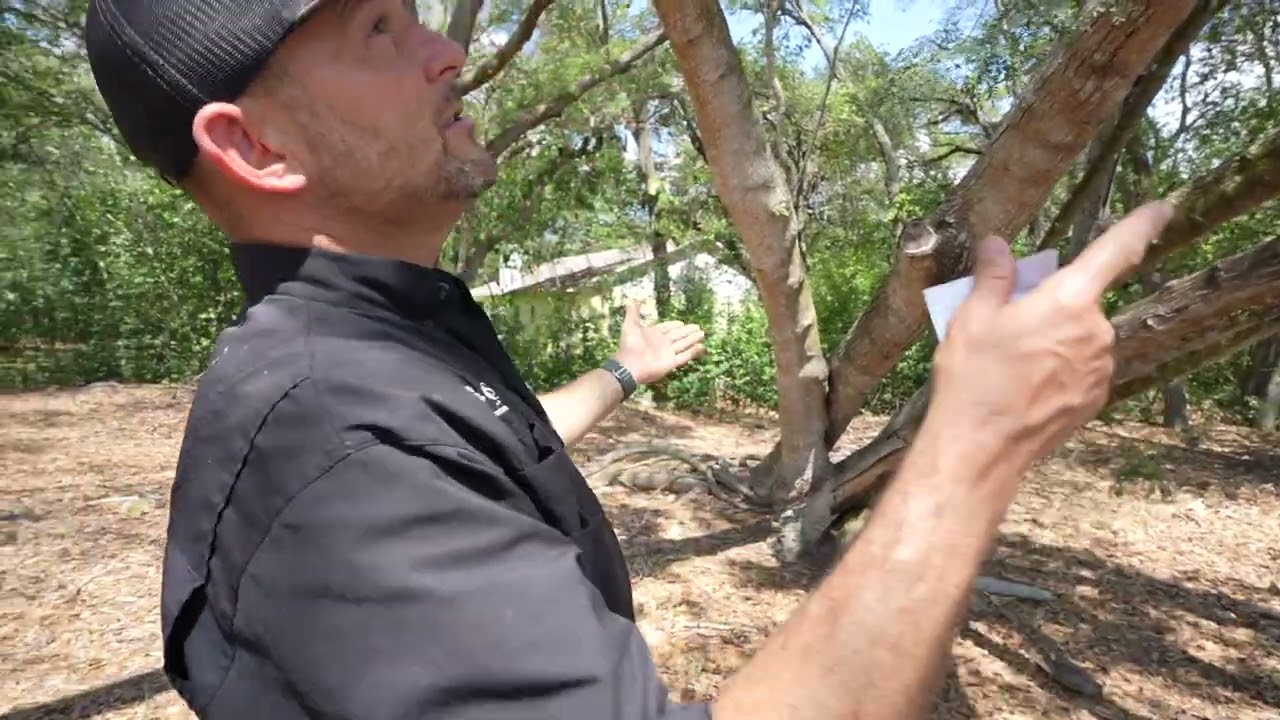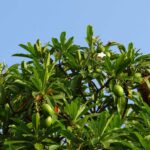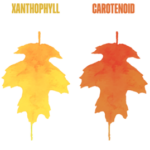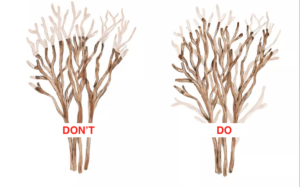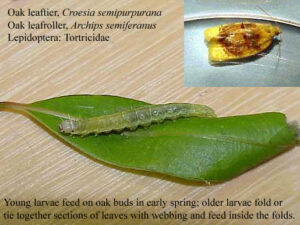Ensuring Tree Safety: Understanding Tree Risk Assessment
Whether prompted by insurance requests or simply a desire for preparedness, turning to tree experts is the smart move. Nurturing your trees with regular care like pruning and health treatments can significantly reduce risks. But when uncertainty lingers, it might be time for a Tree Risk Assessment, best conducted by an ISA Certified Arborist.
What’s a Tree Risk Assessment?
Imagine a tree doctor who evaluates your trees to pinpoint any potential threats to you or your property. That’s exactly what a Tree Risk Assessment entails, carried out by a certified Arborist with TRAQ (Tree Risk Assessment Qualification). This assessment considers various factors: tree structure, soil conditions, defects, wind exposure, and overall tree health. Visual and physical tests help determine the risk factor of each tree, forming the basis for recommendations to ensure safety.
Breaking Down the Assessment Process
A Tree Risk Assessment follows a two-part evaluation: visual and physical.
Visual Inspection: Arborists identify trees needing assessment and note significant targets within the potential fall zone – areas where a tree or its parts might land if they fail. Key targets, such as your home or structures, are considered. The tree itself is examined for defects, referring to structural weaknesses or damages. Arborists analyze defects, factoring in potential loads like strong winds or snow accumulation.
Physical Evaluation: A health check follows, with Arborists looking for signs of disease, decay, or overall tree vitality. This might involve soil and bark sampling. The tree’s location, wind exposure, flooding risk, and other environmental factors are also weighed.
Analyzing and Rating Risk
The collected data guides Arborists in evaluating risk levels. The likelihood of failure, potential impact, and severity of consequences shape the risk rating, categorized as extreme, high, moderate, or low.
Mitigating Risks and Planning Ahead
After the assessment, a risk mitigation plan comes into play. Mitigation aims to minimize risk and may involve pruning, bracing, dead wood removal, or even tree removal if necessary. Some scenarios may require a comprehensive report for insurance purposes, incorporating assessment findings. Future evaluation intervals can also be recommended.
Trusted Guidance from Certified Arborists
When an Arborist employed by a tree service performs the assessment, they often provide estimates for suggested mitigation work. Remember, overpruning or improper actions can be detrimental. That’s why relying on an ISA Certified Arborist brings peace of mind, knowing that the evaluation and recommendations align with industry expertise.
In a world where nature and safety coexist, Tree Risk Assessments stand as guardians, ensuring that our leafy companions remain a source of beauty and tranquility without posing risks to us or our surroundings.

